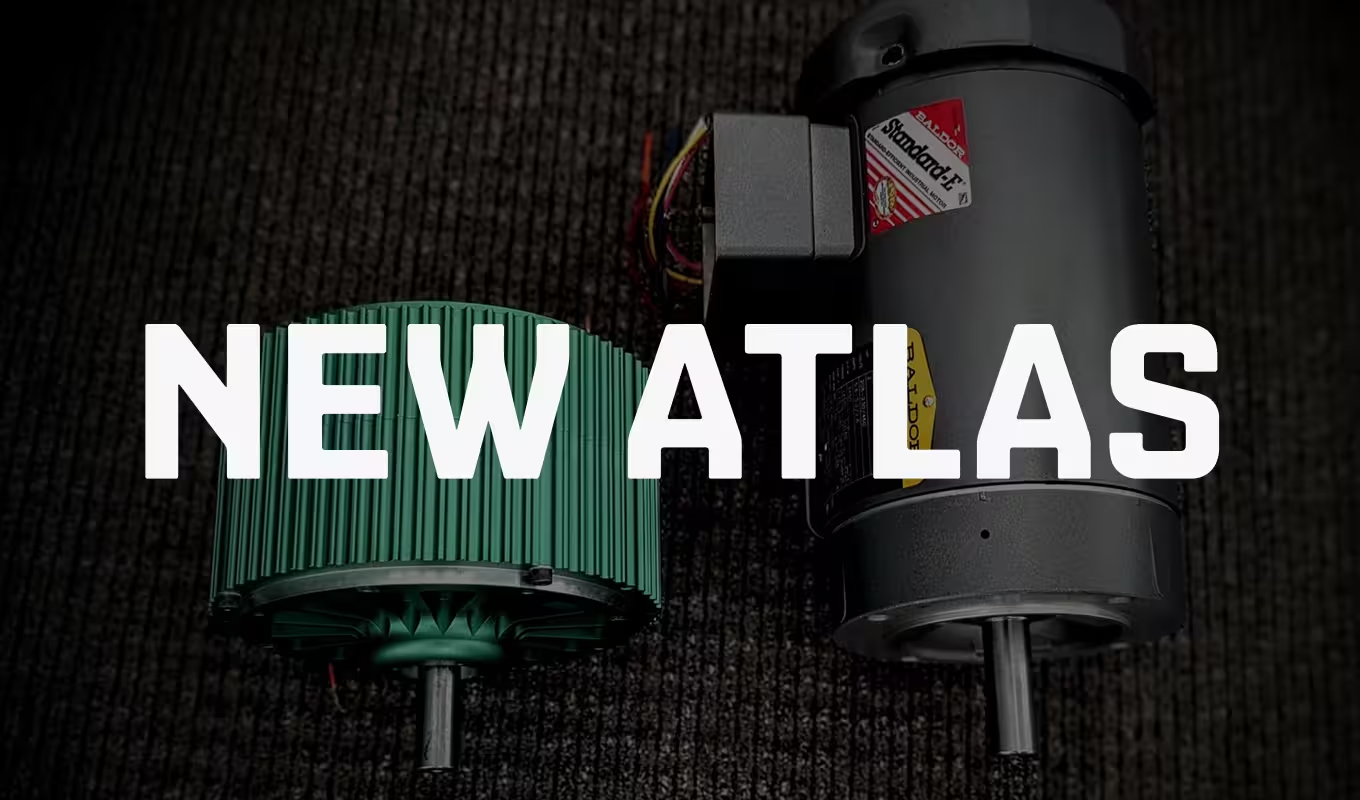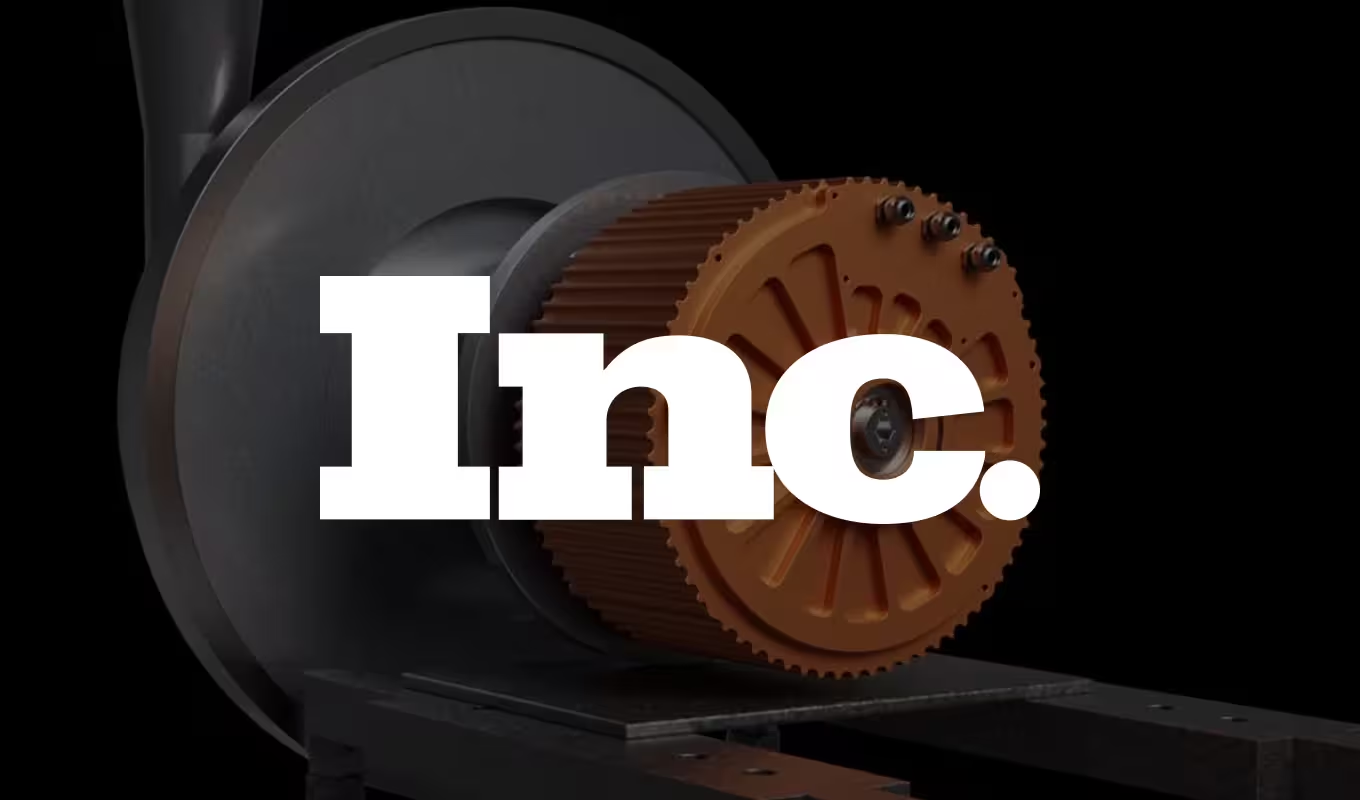
EV Motor Startup Conifer Secures $20M Seed Funding
A group of former Lucid Motors and Apple engineers has launched Conifer, a startup focused on electric motors that use ferrite magnets instead of rare earth materials.
The startup has secured US$20 million in seed funding from investors including True Ventures, MaC Ventures, and MFV Partners.
The company targets small electric mobility markets and designs its motors as “drop-in” replacements to ease integration for vehicle makers.
The startup has also received interest from industries such as lawnmower and tractor manufacturing, as well as HVAC systems.
🧠 Food for thought
1. The shift away from rare earth elements addresses critical supply chain vulnerabilities
Conifer’s use of ferrite magnets instead of rare earth elements targets a persistent vulnerability in the electric vehicle industry.
Nearly 60% of global rare earth processing capacity is concentrated in China, creating significant supply chain risks for Western manufacturers 1.
This strategic pivot is timely considering recent geopolitical tensions, with the Inflation Reduction Act directing over $65 billion in investments toward localizing EV supply chains in the US 1.
The vulnerability extends beyond just access. Rare earth mining and processing carry substantial environmental concerns, with a single ton of rare earth elements typically generating about 2,000 tons of toxic waste 2.
By switching to more abundant and widely distributed ferrite magnets, Conifer potentially addresses cost volatility that has seen rare earth prices fluctuate by as much as 200% during supply disruptions over the past decade 3.
This approach aligns with broader industry efforts to develop supply chain resilience, as manufacturers increasingly view localization as a necessity rather than just a trend 4.
2. Hub motor innovations are driving a technological renaissance in EV propulsion
Conifer joins a wave of companies reimagining electric motors, with competitors like Donut Lab recently unveiling a hubless motor design capable of producing 630 kilowatts (845 horsepower) while weighing only 88 pounds 5.
These advancements address a critical industry imbalance. While battery technology has received substantial investment over the past decade, motor innovation has lagged behind despite representing a significant cost component in EVs 3.
Hub motors specifically offer architectural advantages by eliminating drivetrain components like half-shafts and CV joints, potentially saving hundreds of pounds in vehicle weight and creating more space for passengers and cargo 5.
For smaller mobility applications that Conifer is targeting, this approach can be transformative. The elimination of complex drivetrain components can reduce part counts by approximately 120 components while potentially cutting manufacturing costs by up to 50% 6.
The timing of these innovations is particularly significant as battery cost reductions are slowing, shifting attention to other components that can improve efficiency and reduce overall vehicle costs 3.
3. Localized “microfactory” manufacturing represents both opportunity and risk
Conifer’s plan to establish automated, localized “microfactories” reflects a broader industry shift toward regional manufacturing, with major automakers like Honda establishing joint ventures with battery suppliers to secure local production 4.
This approach directly addresses the vulnerabilities exposed during the COVID-19 pandemic, when global supply chain disruptions caused production delays that cost automakers an estimated $210 billion in lost sales 4.
The strategy aligns with regulatory incentives. By 2027, 80% of critical minerals for EVs must be sourced from the US or Free Trade Agreement countries to qualify for key tax credits under the Inflation Reduction Act 1.
However, the historical track record of microfactories is mixed. Arrival’s failure demonstrates the significant challenges in establishing new manufacturing paradigms, particularly for early-stage companies with limited capital resources 2.
The complexity difference between complete vehicles and motor components provides some risk mitigation. As Conifer notes, their motors are “one to two orders of magnitude” less complex than a car, potentially making the microfactory approach more viable 2.
Companies pursuing localized manufacturing face significant talent challenges, as specialized expertise in areas like battery and motor production has been concentrated in Asia for decades, creating hiring obstacles for Western facilities 7.





